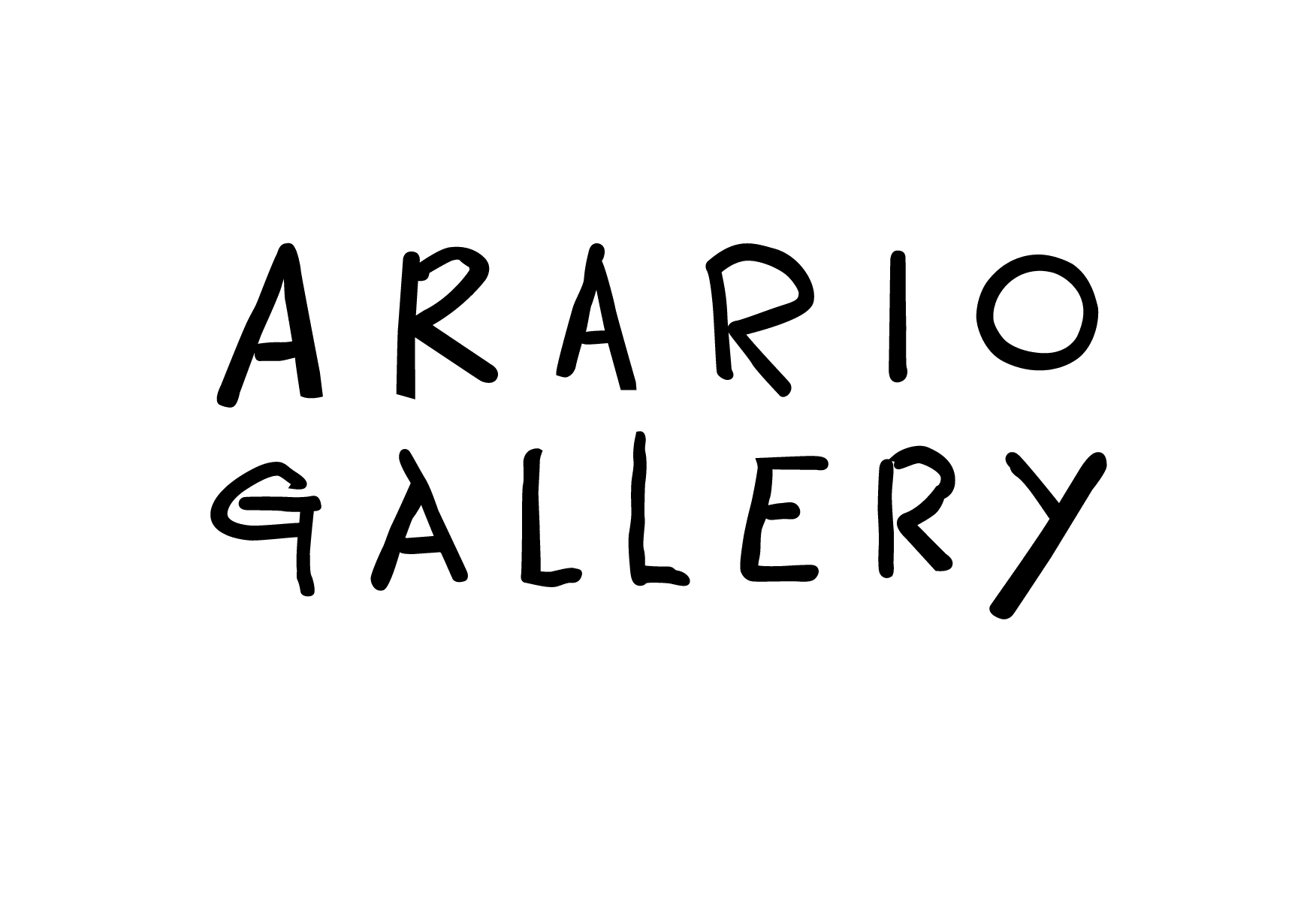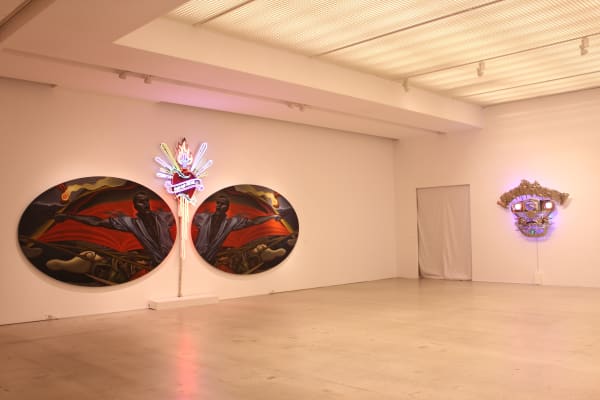Beacons of Archipelago
Period | 9 December – 13 February, 2010
Venue | Arario Gallery Cheonan, Seoul cheongdam
Works | 40 pieces including installation, painting, sculpture
Opening Reception | 6pm, 9 December, 2010
Participating Artists | Agus Swage, Alfredo & Isabel Aquilizan, Dinh Q Le, Eko Nugroho, Geraldine Javier, J. Ariadhitya Pramuhendra, Jose Legaspi, Jun Nguyen-Hatsushiba, Leslie de Chavez, Nadiah Bamadhaj, Natee Utarit, Navin Rawanchaikul
Arario Gallery presents a group exhibition of thirteen South Asian artists’ works. South Asia’s contemporary art began to attract the world’s attention, following the steps of Asia’s two leading figures – China and India. The thirteen artists, coming from their own cultural background, show a colorful range of interests in individual experiences, national politics, issues of religion, history, art history and popular culture and present their own stories through diverse expressions that shakes itself free of formal restrictions, ranging from paintings, sculptures and videos.
The global art community had faced a major downfall with the economic crises that swept through the world, after having swelled up to its full propelled by the powers of huge capitals. As expectations had been so high, voices of despair also took its toll, but there has also been precious changes and advancements made in the wake of the fiasco. Asian art in specific, which had previously been relegated to the peripheries, is making notable growth through such experiences. The foundations for such positive changes may be found in that Asia’s economic status has been escalating, along with its strength of voice within the global society. Also, central discourses that characterize contemporary culture, such as postmodernism, post-colonialism and multiplicity, and various forms of international art events that reflect these trends, are contributing to the expansion of the range of opportunities. The most important thing to note, however, is that the Asian art scene has become more self-reflective and different efforts to propose region-specific development models are being put to practice. As the above factors come into view, the comprehensive illusion of Asia as the ‘other’ of the West is being torn down, more weight is placed on the hybrid traits of individual cultures, and the channel for communication and dialogue among local clusters are being ever expanded.
As part of an effort to join in this wondrous flow of positive change, Arario Gallery presents a group exhibition of thirteen South Asian artists’ works. South Asia’s contemporary art began to attract the world’s attention, following the steps of Asia’s two leading figures – China and India. South Asia is now seen as one of the three global growth axes, based on its economic scale that supersedes that of India’s, high growth rate, abundance natural resources, and its geopolitical advantages as the connecting point in Asia and the Pacific region; this may be one of the reasons for its recent rise to glory, but we mustn’t oversee the expectations placed on this region as the new instigator of fresh discourses in contemporary art, considering how various forms of self-generated artistic activities are flourishing in response to hundreds of years of colonization, its pain and poverty, social instability and injustice cased by the process of modernization, corruption and violence, as well as conflicts regarding race and religion.
Moreover, within the cultural rubrics of our age in which centralized structures are being disintegrated into multiple centers to form a conceptual archipelago, South Asian culture, with its inherent hybridity and diversity, gives rise to a rich array of discourses. Being surrounded by the sea and constituted with countless islands, South Asian countries have been ceaselessly exposed to invasions and influences from without and evolved in a flurry of changes, resulting in a uniquely hybrid culture where indigenous and foreign (Chinese, Indian and Western) cultural elements are weaved into a complex structure. How is their lives nowadays? Individual locales harbor primitive life styles right next to the prosperity of a capitalist society, as well as advanced digital technology. In a one-day life zone, people move about between cities and countries, part form their families and immigrate to unfamiliar territories in search of a better life, become political exiles, come to possess multi-national identities in the process of carrying on a nomadic lifestyle, while the new generation communicate with the world real-time thanks to the perks of a transnational information society and rise above old-school nationalism and exclusivism. In our age, the archipelago spreads outside its geographic limitations, and forms a conceptual, virtual and transnational network that implies a perpetualized potential for further change.
The thirteen artists, coming from their own cultural background, show a colorful range of interests in individual experiences, national politics, issues of religion, history, art history and popular culture and present their own stories through diverse expressions that shakes itself free of formal restrictions, ranging from paintings, sculptures and videos. Jun Nguyen-Hatsushiba deals with the history of his nation, political events or locations, questioning the situational ‘frames’ that constitute such elements and attempting to deconstruct/reconstruct the subjects; alongside Dihn Q Le, Leslie de Chavez, Nadiah Bamadhaj, and Donna Ong , Natee Utarit points to real-life problems in a rather allegorical yet effective manner using fairytales and comics-techniques; there is Eko Nugroho, while Alfredo & Isabel Aquilizan portrays hybrid identities using the subject of Diaspora, nomadic life and dispersion; we have Navin Rawanchaikul, as well as Agus Suwage who continuously questions his racial, religious and social identity, their formational conditions and one’s fate, and the fundamental issues concerning humanity. We also feature works by Jose Legaspi, J. Ariadhitya Pramuhendra, and Geraldine Javier. Each work comprises constellations of passion, criticism, hope, despair and nihilistic notions through which they view the world.
Yet, we must question; how can we ever pin down what they’re trying to say with but a few하words. We can only find hints for understanding our neighbors’ cultural similarities and differences, peaking into their works. The voyage has begun, and we are surrounded by lights that lead us towards each destination port. However, there are no directionalities in this quest – the only things we have in front of us, are the countless paths that map out these traces of luminosity








































